Rewilding Europe is supporting the release of bearded vultures by the French NGO Vautours en Baronnies, which is working to restore populations of all four European vulture species in the Dauphiné Alps in southeast France.
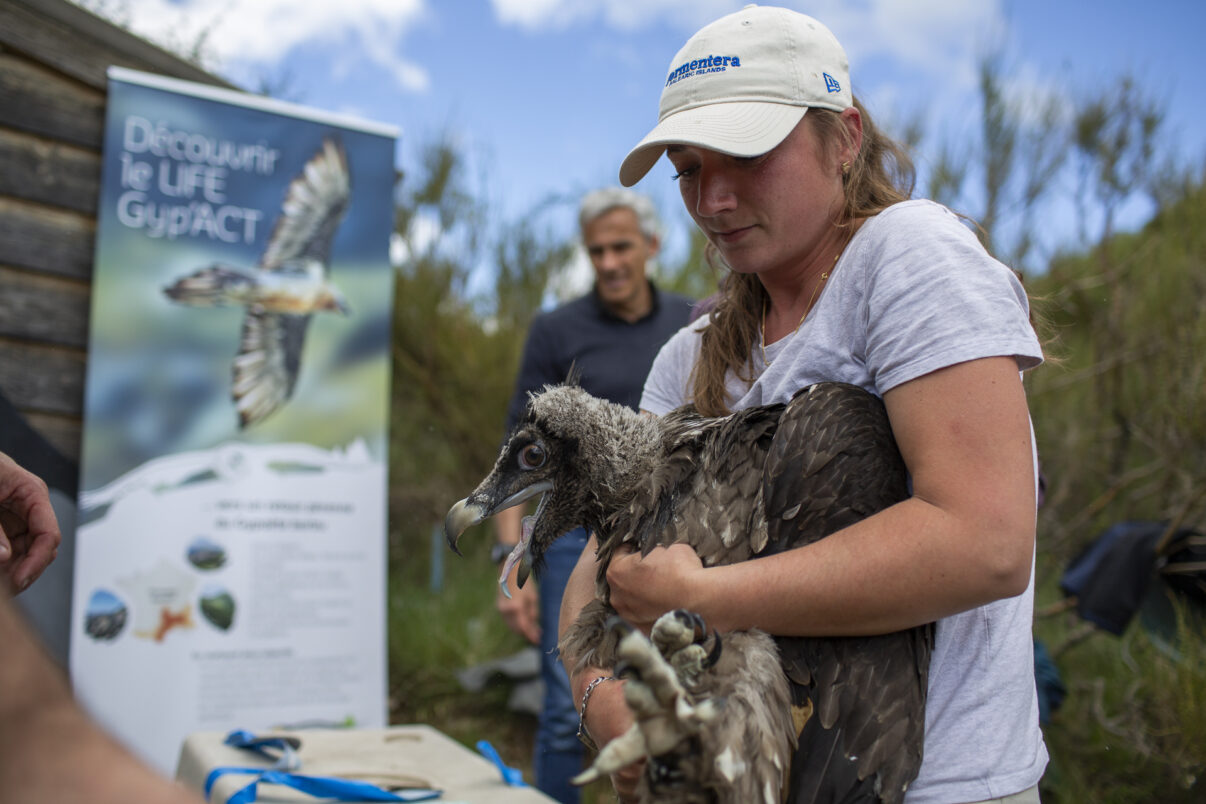
The fall and rise of Europe’s bearded vultures
Europe is home to four vulture species – the griffon, cinereous (black), Egyptian, and bearded vulture. Of these, the bearded vulture is the rarest. Over the last two centuries the European population of the species has declined sharply, mainly due to deliberate persecution, poisoning, and more recently collisions with power lines and a decreasing availability of food. By the early 20th century, it had disappeared from almost all areas where it was once present.
Since the late 1970s, however, wide-ranging conservation efforts have seen Europe’s bearded vultures make a remarkable comeback. Birds have been reintroduced to a growing number of European mountain ranges, initially in the Alps, and more recently in Andalucia and Picos de Europa in Spain, and the Grands Causses (Massif Central) and Dauphiné Alps in southeast France. The current European population of the species is estimated to be between 580 to 790 pairs, distributed between the Pyrenees, reintroduced populations in the Alps and the mountains of Andalucia, and isolated populations in Crete and Corsica.
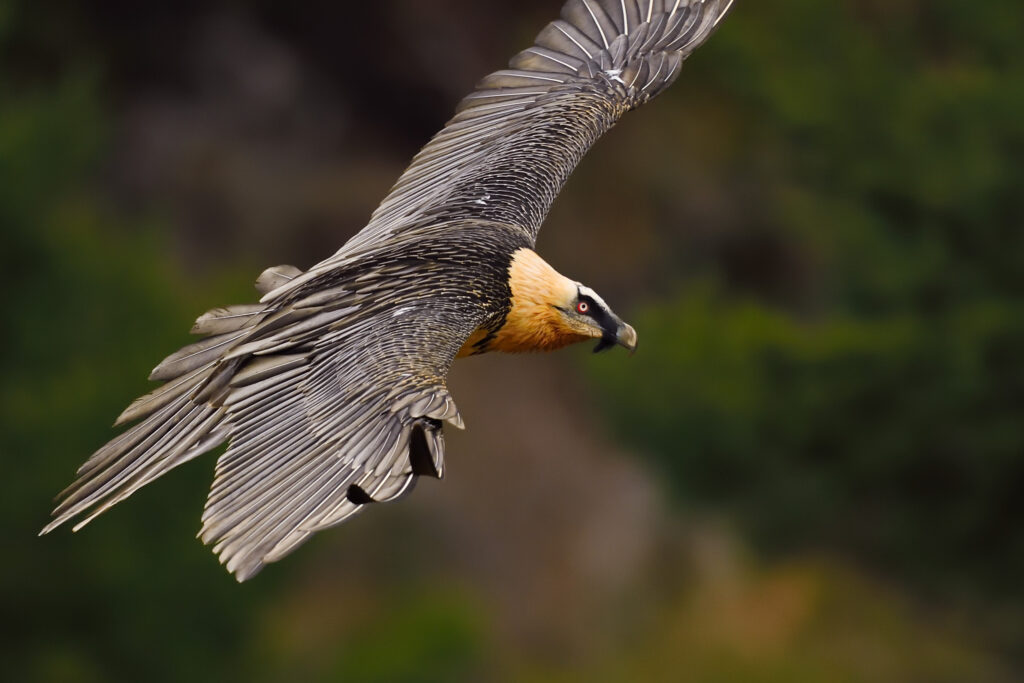
Supporting bearded vulture recovery
French NGO Vautours en Baronnies is based in the village of Rémuzat, on the edge of the Baronnies Regional Natural Park in the Dauphiné Alps. It was founded in 1992 to support the return of vultures to the park and surrounding areas, including cinereous and bearded vultures. The NGO has just received a 60,000-euro grant from Rewilding Europe’s European Wildlife Comeback Fund, which works to scale up keystone species reintroduction and population reinforcement across Europe. The grant will help fund the release of up to six bearded vultures through till 2025, contributing to the costs of breeding, transport, equipment, and post-release monitoring.
Supported by the European Wildlife Comeback Fund grant, two juvenile bearded vultures have just been translocated to the Baronnies, having been sourced from the Vulture Conservation Foundation (VCF). The VCF collaborates with over 40 zoos and breeding centres to coordinate captive breeding of the species. The birds that have just been released were born in Austria’s Haringsee breeding centre and Ostrava Zoo in the Czech Republic.

Towards breeding success
The Vautours en Baronnies team use the well-established “hacking” method to release captive-bred bearded vultures into the wild, which replicates the way young birds would naturally fledge. The birds are placed in artificial nests on cliffs in the reintroduction area, in places where wild nests might be constructed. The team then feed and observe the progress of the vultures from a distance, enabling the birds to acclimatise to their environment until they are ready to take their first flight, usually 20 to 30 days after their initial release.
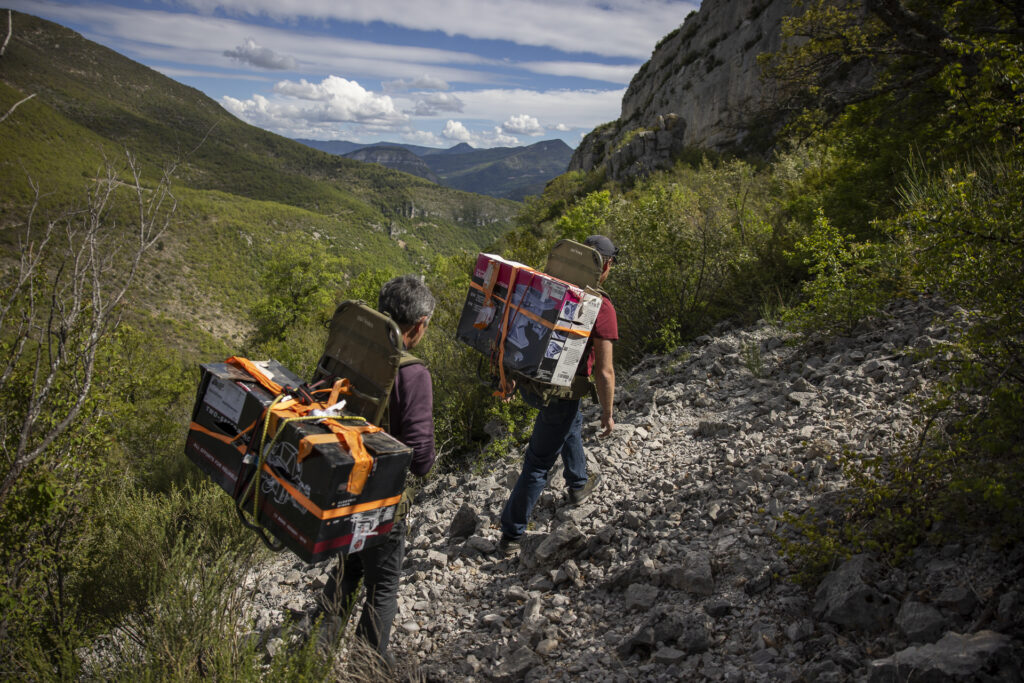
Young bearded vultures tend to travel vast distances as they explore new territory, but once they become sexually mature, they typically select areas to breed that are close to where they hatched. The hacking method means that when they come to breed at around eight to 10 years of age, they select the release site as the place to breed, because they associate it with hatching.
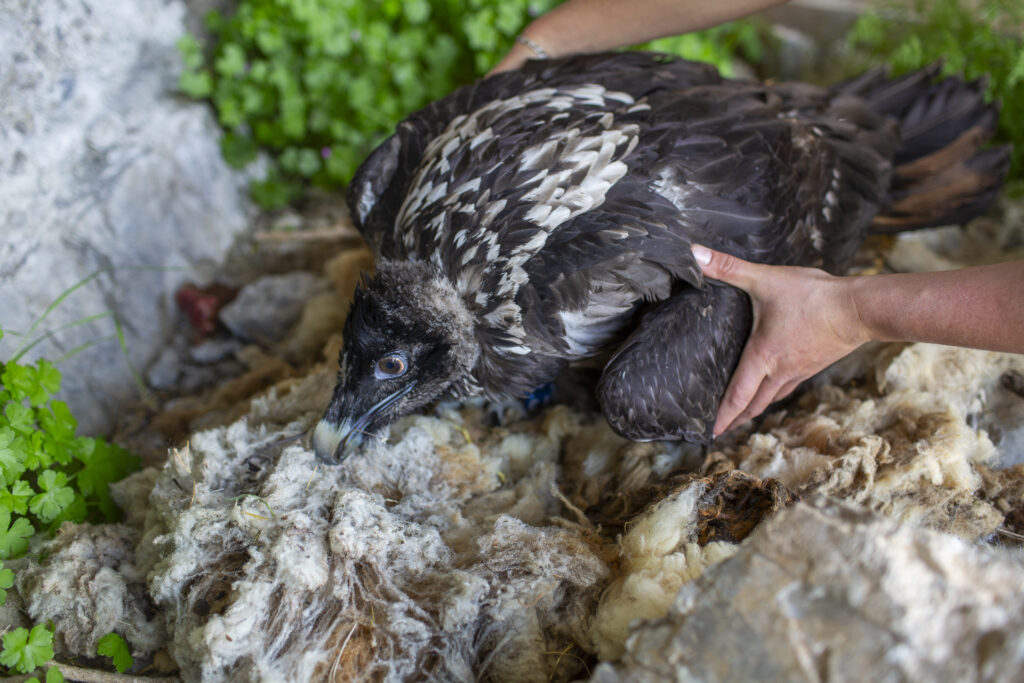
Pioneering success
Vautours en Baronnies have already enjoyed great success restoring vultures in the Baronnies Regional Natural Park and surrounding area. Today, thanks to reintroduction efforts, this is one of just a few places in Europe where all four vulture species can be seen soaring through the sky. As the Alpine region is vast and its overall bearded vulture population still well below natural levels, continued efforts to restore individual populations remain essential.
“I’m very proud and excited that the European Wildlife Comeback Fund was able to support Vautours en Baronnies in their efforts to restore a full guild of vulture species in the park,” says Rewilding Europe’s Rewilding Manager Sophie Monsarrat. “Vultures perform a vital ecological role, while they also help local communities by boosting nature-based tourism.”
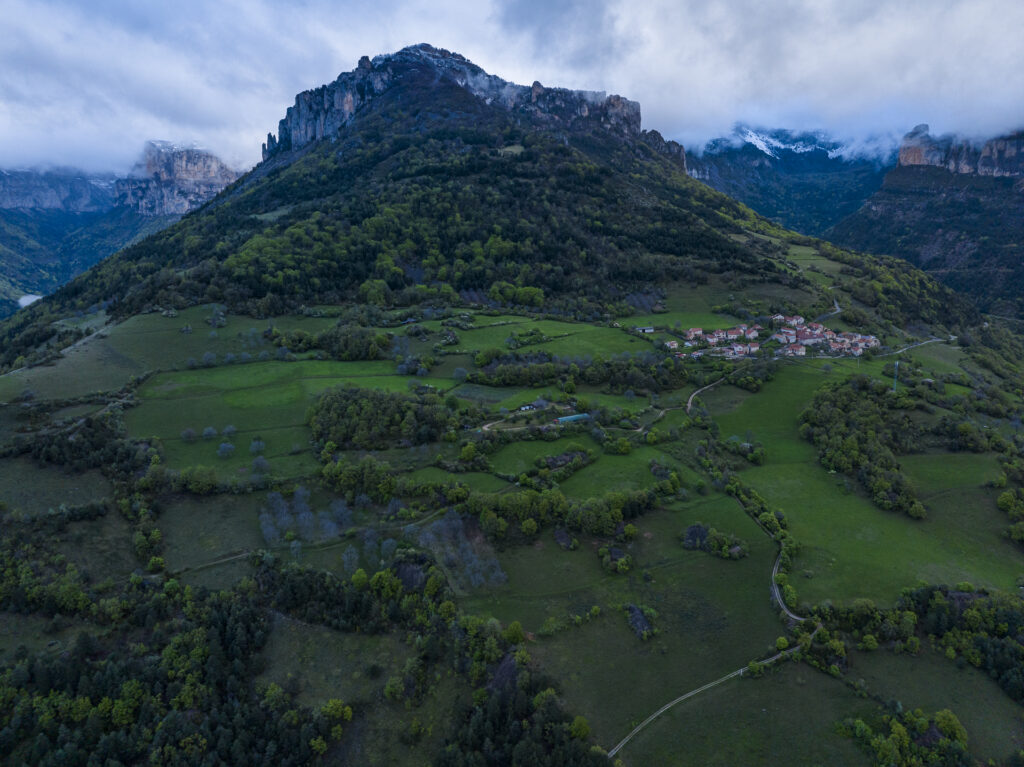
A long history of reintroductions
Vautours en Baronnies have released a total of 18 bearded vultures since 2016. Several of these birds have successfully bred already – in the Vercors Regional Natural Park around 30 kilometres to the north, where bearded vultures have been released since 2010, and in the Écrins National Park, 100 kilometres to the north-east.
Since 1996, the NGO has also released 61 griffon vultures and a number of cinereous vultures. Today, the park’s colony of more than 290 griffon vulture pairs is the largest of its kind in the Alps, while the cinereous vulture population has grown to 14 breeding pairs and a total of 40 individual birds. Last but not least, the return of griffon vultures to the Baronnies Regional Natural Park has supported the return of the Egyptian vulture – Europe’s smallest vulture species – with the larger griffon vultures helping to break open carcasses on which the Egyptian vultures can then feed. Egyptian vultures first bred in the Baronnies in 2000, after an absence of 20 years, and today there is still one breeding pair present.
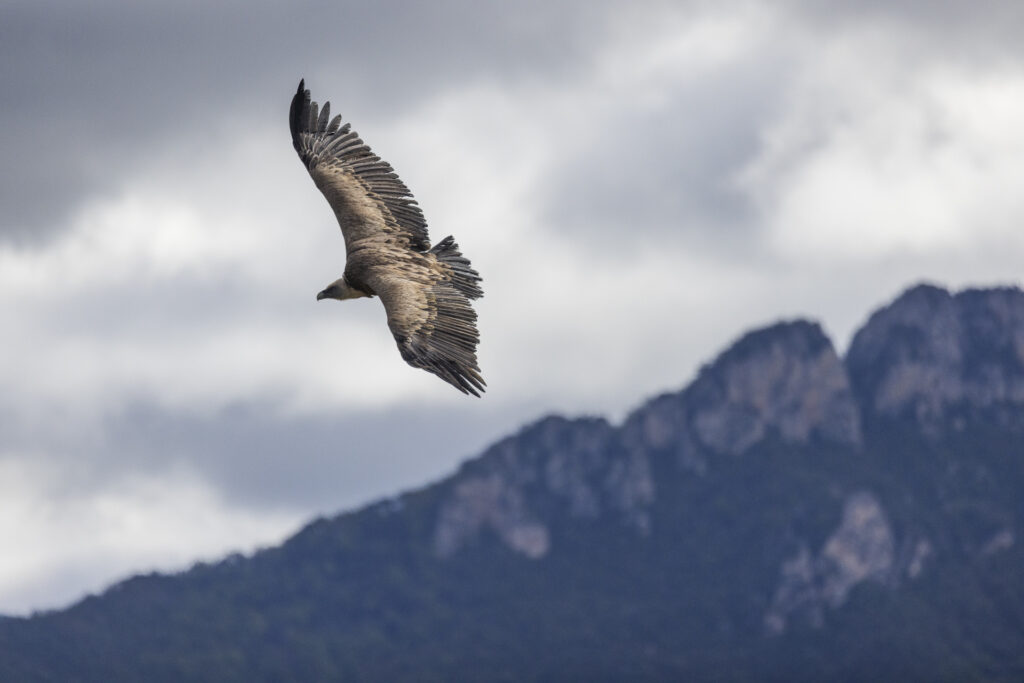
The bigger picture
The efforts of Vautours en Baronnies to restore the bearded vulture population in Baronnies Regional Natural Park are part of the multi-partner, European Commission-funded LIFE Gyp’Act initiative, which is coordinated by the French Birdlife partner, Ligue pour la Protection des Oiseaux. This aims to consolidate the bearded vulture population in southeast France, strengthening the connection between the Pyrenean and Alpine populations. With so few birds currently in the wild compared to historic numbers, the bearded vulture gene pool is still dangerously limited, which means enhancing population connectivity is essential.
“Our bearded vulture reintroduction programme has two main goals,” explains Julien Traversier, coordinator of the programme at Vautours en Baronnies. “We want to create a new breeding population of the species in the Dauphiné Alps. And we also want to create a stepping stone between the existing population in the Pyrenees, and the recovering population in the Alps, which currently has 60 to 70 breeding pairs. Our efforts have significantly reduced the distance between colonies.”
In total, four to eight bearded vultures are released every year in the Alps – in the Baronnies, Vercors, Switzerland, and southern Germany. Reintroduction programmes are also underway in Corsica and Spain. There are also plans to reintroduce the species in Bulgaria. In total, between 20 and 25 birds are currently released every year across Europe.
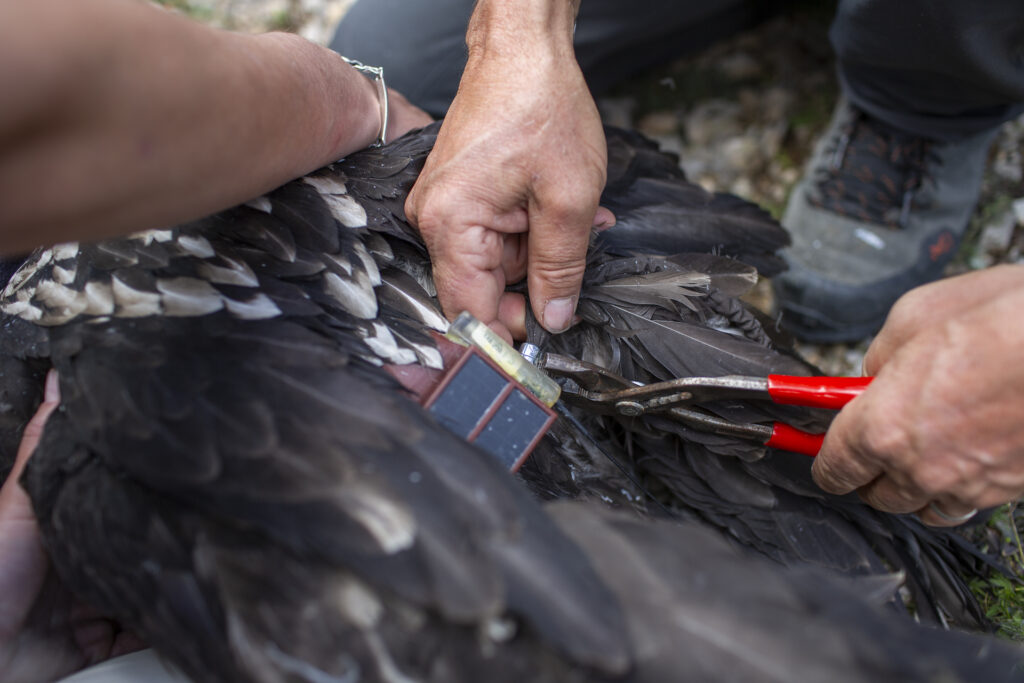
An iconic species
The bearded vulture is an unmistakable bird, both for its breathtaking features and its unique behaviour. With a wingspan of up to 2.85 metres, these impressive vultures are one of Europe’s largest birds of prey. They live primarily in mountainous areas above the tree line, building their nests in rocky crevices. As they mature, their all-brown plumage gradually turns white along the head, neck, and chest. For reasons biologists still don’t understand, adult bearded vultures dye themselves a reddish orange by taking dips in naturally occurring, iron oxide-rich waters.
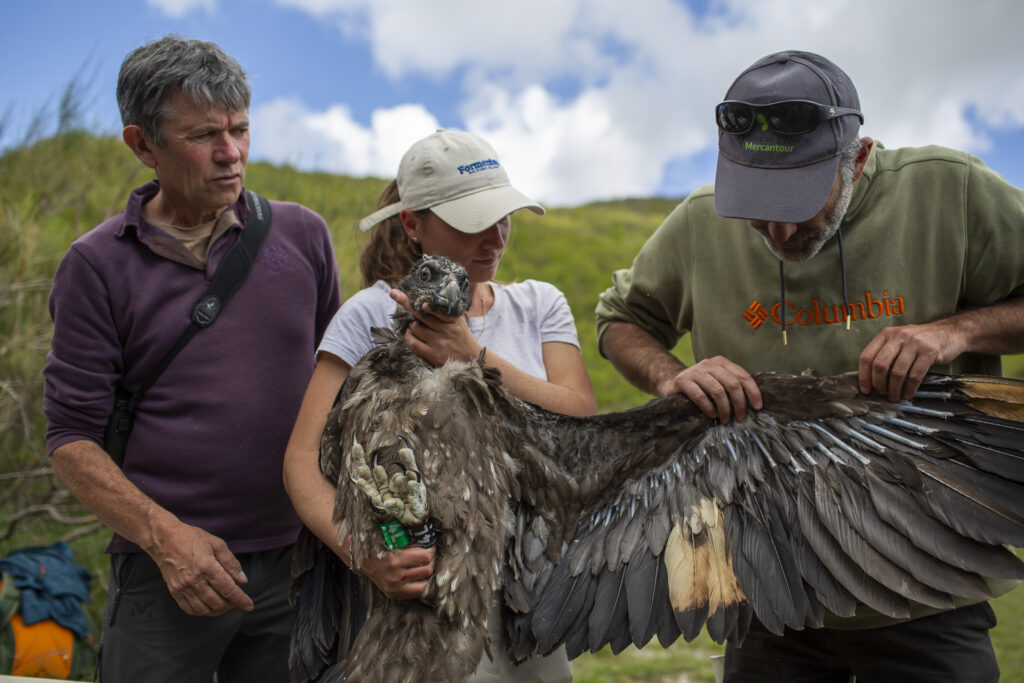
Unlike other carrion-eating vultures, the bearded vulture feeds primarily on bones, which its particularly strong stomach acid enables it to digest. Acting in partnership with other vulture species, they therefore help to completely dispose of carcasses. If the bearded vulture comes across a bone too big to crack with its beak, it takes the bone in its talons and drops it from a great height onto rocks or stones, smashing it into bite-sized pieces.
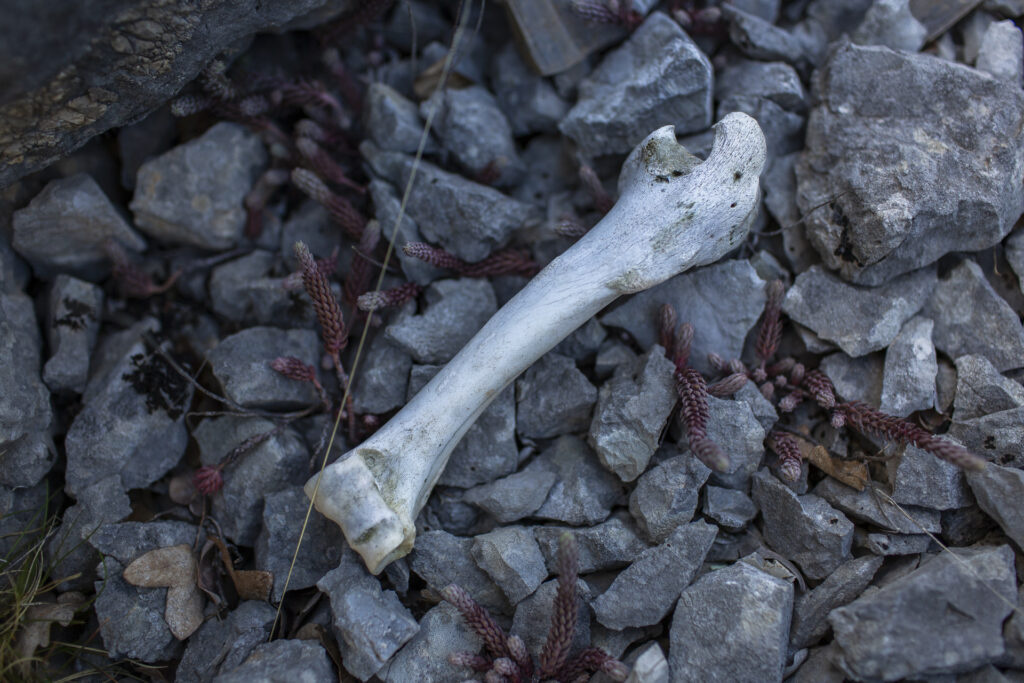
Let’s rewild together

The agile setup of the European Wildlife Comeback Fund is designed to support wildlife comeback in a convenient and flexible way. Rewilding Europe invites other initiatives working to reintroduce keystone species in European landscapes to consider applying for a grant.
Those interested in contributing to wildlife recovery in Europe can support wildlife comeback with an online donation. If you’d like to invest more than 50,000 euros in the European Wildlife Comeback Fund, we’d love to get in touch with you personally.
